Objectives of the service

Users and their needs
The project involves the design and development of a solar-powered canopy intended for charging electric vehicles in remote areas without access to the electrical grid. This solution aims to support the transition to sustainable mobility even in isolated regions where traditional energy infrastructure is lacking or insufficient. The identification of optimal installation sites will be guided by satellite data analysis by Planetek Italia, which will help assess factors such as solar irradiation, accessibility, and proximity to potential users. In addition, satellite connectivity will enable remote monitoring and management of the infrastructure, facilitating its deployment in emerging electric mobility markets. The project is supported by sector-specific research from Arthur D. Little, providing strategic insights into technological and commercial trends in the industry. The goal is to create an autonomous and scalable network of charging stations that promotes the electrification of transport even in the most hard-to-reach regions.
Service/ system concept
An integrated, modular and intelligent EV charging infrastructure for remote and underserved areas, powered by solar energy and guided by satellite data analytics. The system enables data-driven site selection, autonomous deployment, and remote performance monitoring to support sustainable electric mobility.
Space Added Value
The added value of space technologies is fundamental to the success of this project, as it enables the deployment of intelligent, off-grid EV charging infrastructure in remote and underserved areas where terrestrial alternatives are either unfeasible or economically unsustainable.
Satellite Earth Observation (EO) plays a key role in site selection by providing accurate, up-to-date geospatial data. This includes solar irradiation maps, ground stability assessments, and analysis of rural settlement dynamics, allowing the system to identify optimal locations without requiring costly on-site surveys. These insights guide the placement of the solar-powered canopies, ensuring maximum energy yield and effective service coverage.
In parallel, satellite connectivity ensures full operability of the system even in the absence of terrestrial networks. It enables remote monitoring, predictive maintenance, and real-time data transmission related to usage patterns, energy production, and system health. This level of connectivity is essential for scaling the service in disconnected regions, reducing operational costs and increasing system resilience.
In summary, space technologies are not just enablers but core components of the project’s value proposition.
Current Status





The project has progressed with the completion of the first integrated geospatial analysis pipeline. Solar potential, land-suitability and settlement-change layers have been produced using EO data (CAMS, Sentinel-2, DEM, ground-motion datasets, hazard maps, and census information). A first site-screening run has been executed, generating stable and accessible cells and filtering out areas affected by landslide or hydraulic hazards.
In parallel, the first prototype of the off-grid charging canopy has been installed and tested. Charging sessions with electric vehicles, including GLS cargo units, have validated basic operability. The satellite-enabled monitoring module has been mounted on the canopy, and IoT sensors are already transmitting temperature, humidity and positional data to the Archimede dashboard.
The online platform is active, with real-time device status and geolocation.
Ongoing work includes refinement of EO models, integration of filtered geospatial layers, and preparation of the Proof-of-Concept validation phase.




